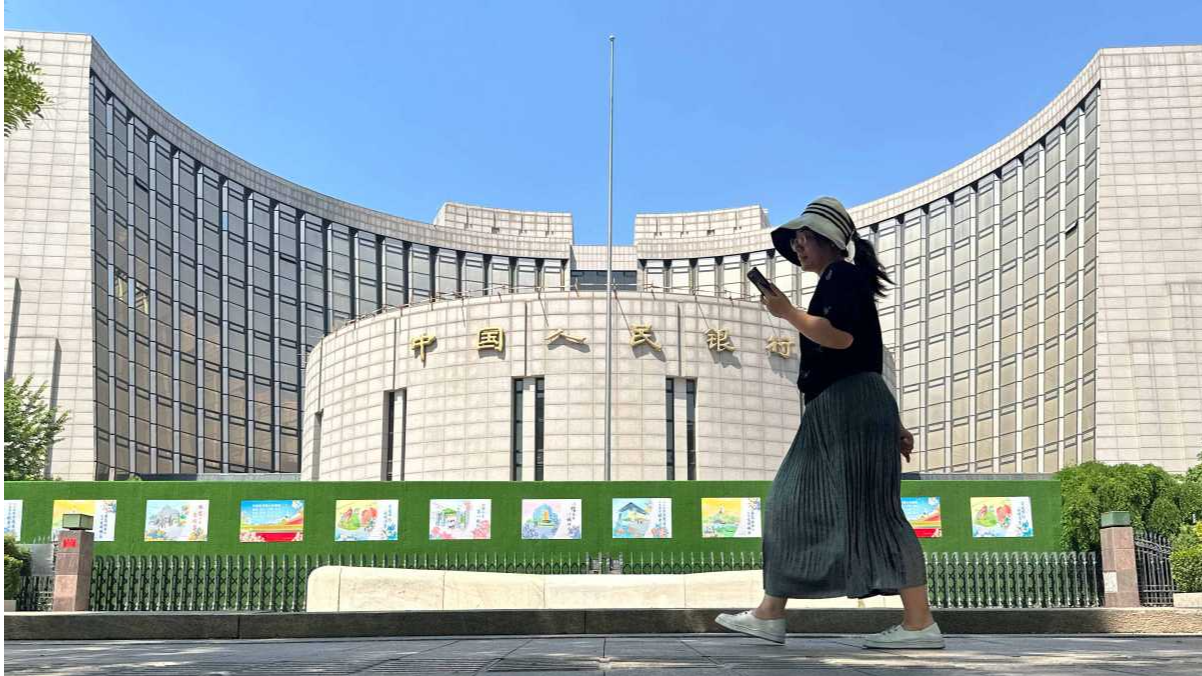
BEIJING – China's central bank is considering a cut of 0.25 to 0.5 percentage points in reserve requirement ratio at an appropriate time before the end of 2024, depending on market liquidity situations, the People's Bank of China governor said on Friday.
The loan prime rate (LPR), which will be released on Oct 21, is expected to move downward by 0.2 to 0.25 percentage points, Pan Gongsheng said at the Annual Conference of Financial Street Forum 2024.
China has recently introduced a package of financial measures to support the economy, and these policy moves have received positive feedback from both home and abroad, according to Pan. He added that these policies have bolstered social confidence and contributed to the stable operation of the economy and financial markets.
READ MORE: Stimulus moves seen aiding China growth
The reserve requirement ratio was cut by 0.5 percentage points in late September. Major state-owned commercial banks announced reductions in deposit interest rates on Friday morning.
The recent cut in mortgage rates for existing home loans is expected to benefit 50 million households and reduce total interest expenses for households by approximately 150 billion yuan (about $21.05 billion) per year, Pan said.
Pan said the central bank and the China Securities Regulatory Commission have developed two new instruments to facilitate the stable development of the capital market.
The Securities, Funds and Insurance companies Swap Facility (SFISF) will allow eligible securities, funds and insurance companies to use their assets, including bonds, stock ETFs and holdings in constituents of the CSI 300 Index as collateral in exchange for highly liquid assets such as treasury bonds and central bank bills.
Regarding the SFISF, Pan said the central bank does not provide fund support for the market directly, so it does not expand the central bank's money supply and base money.
ALSO READ: China's major lenders lower deposit interest rates
A special re-lending facility was also introduced to guide banks to provide loans to listed companies and their major shareholders for buybacks and increasing shareholdings.
Pan said the central bank's lending for share buybacks and increases in holdings is intended for targeted purposes. The credit funds must not flow into the stock market in violation of financial regulation, as this remains a red line.


